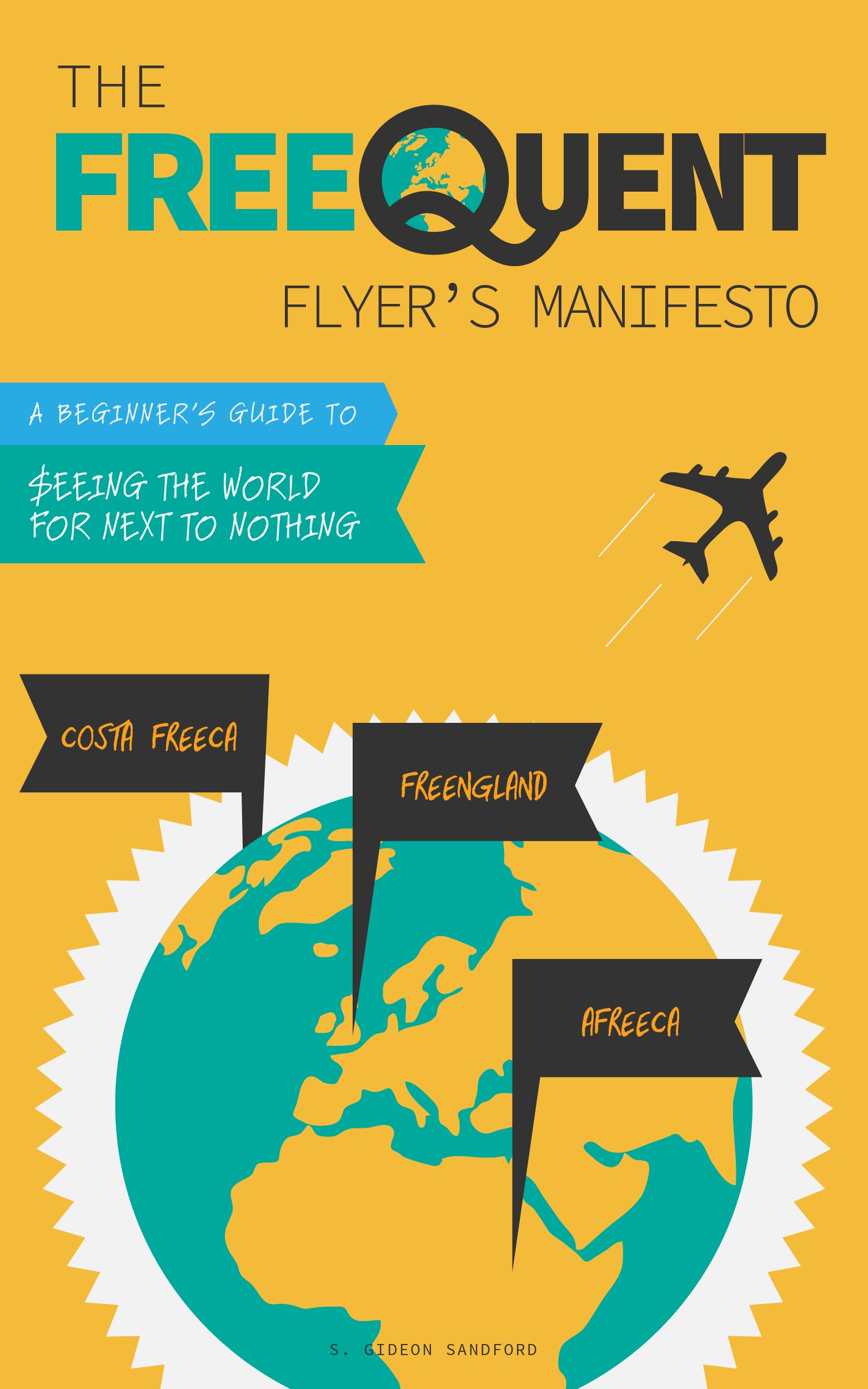What's the return on a diversified portfolio of hip alternative investments?
/There's a healthy overlap between people with an outside-the-box attitude towards funding travel and those interested in alternative approaches to savings and investment:
- Kiva has long been a (controversial) tool used by travel hackers and outside-the-box thinkers to earn miles, points, and cash back by making short-term loans funded with rewards-earning credit cards.
- More recently, Greg the Frequent Miler has been doing yeoman's work (followup here) reporting out the similar, albeit much riskier, possibility of funding Kickfurther (my personal referral link) "Consignment Opportunities" with credit cards to earn both credit card rewards and investment returns.
- At some point I must have signed up for a Fundrise account, and they've been badgering me to invest in their "Income" and "Growth" eREIT's for weeks now.
- Finally, if you listen to any popular ad-supported podcasts you've likely heard about Wunder Capital and their solar power investment funds.
Now, the last thing you want to do is put all your speculative eggs in one basket, so I got to wondering, what kind of return might you get from an equally weighted portfolio of all these investments?
Annualizing "target" returns
The first thing to take into account is that the investment horizon for each of these vehicles is different, so we need to adjust the various returns appropriately. I'll use $1,000 investments in each example for ease of comparison.
- Kiva loans funded with a 5% cash back credit card might earn more or less than 5% because of the varying term of Kiva loans. A recent search for short-term, high-quality Kiva loans returned 15 loans, all of which had a duration of 8 months. Assuming you wait to reinvest your Kiva repayments until all your loans have been repaid, and you suffer no defaults or delinquencies, you could invest $1,000 1.5 times per year, for a total annualized return of 7.5%.
- Kickfurther consignment opportunities funded with a 2% cash back credit card will yield 2% cash back, plus your total Kickfurther principal and interest payments, minus 1.5% of your Kickfurther principal and interest payments. In other words, a 12-month consignment opportunity offering a 16% return on a $1,000 investment will pay $20 in cash back plus 98.5% of $1,160 ($1,142.60), for a total annual return of 16.26%. Assuming the four currently available consignment opportunities are typical in both length and rate of return, we can mechanically compute an average annualized return of 14.65%.
- Fundrise works a little bit differently since you're investing in eREIT's which are designed to be held for the long term and which pay out throughout the life of the investment and then return remaining (potentially appreciated) principal at the end. Under the "accountability" tab for each eREIT, you can see the returns Fundrise seeks from each investment fund. For the Income eREIT they will charge no management fee if the annualized return is less than 15%, and for the Growth eREIT they'll pay a penalty if the annual return is below 20%, so we can use those as the "target" returns for each fund.
- Finally, Wunder Capital is currently offering a "Term Fund" with a target return of 8.5% and an "Income Fund" with a target return of 6%.
Building a diversified hip alternative investment portfolio
If I were interested in building a portfolio of these alternatives, my model would be diversifying across the four platforms somewhat like this: by putting $1,000 in as many suitable Kiva loans as possible, $1,000 across as many Kickfurther consignment opportunities as possible, $1,000 in each of the two Fundrise eREIT's, and $1,000 in each of the Wunder Capital funds.
That would produce a $6,000 investment with a target annualized return of 11.94%.
This would be a very stupid thing to do
There are at least two questions worth asking about such a diversified portfolio of hip alternatives:
- How likely am I to make more money with this portfolio than I would with conventional investments?
- How likely am I to make any money at all, versus losing some or all of my principal?
The first question speaks to the question of whether the higher target return you're seeking will adequately compensate you for the added risk you're taking with these bizarre, untested investment vehicles. After all, Vanguard will sell you a low-cost mutual fund invested in corporate junk bonds any day of the week. Why buy untradable junk from strangers when Jack Bogle will sell you relatively liquid junk?
The second question is whether you'll be compensated at all, or whether an economic downturn, poor management, and/or fraud will wipe out your investment completely with little or no warning.
But, gambling is fun
There's a painful irony to the fact that these alternative investment vehicles have been legalized and are being aggressively promoted at a time of low interest rates and pessimism about future returns in the stock market, because those conditions have retail investors desperately fishing around for investment opportunities with a higher return than their passively managed index funds. Frantically taking bigger and bigger risks makes the problem of low returns worse for all the investors who pick the wrong alternatives to invest in (and there are a lot of wrong alternatives).
On the other hand, for the dwindling number of investors with a secure path to retirement and enough money left over to gamble with, these alternatives seem like they'd be fund to play with. And who knows? You might even make some money.


